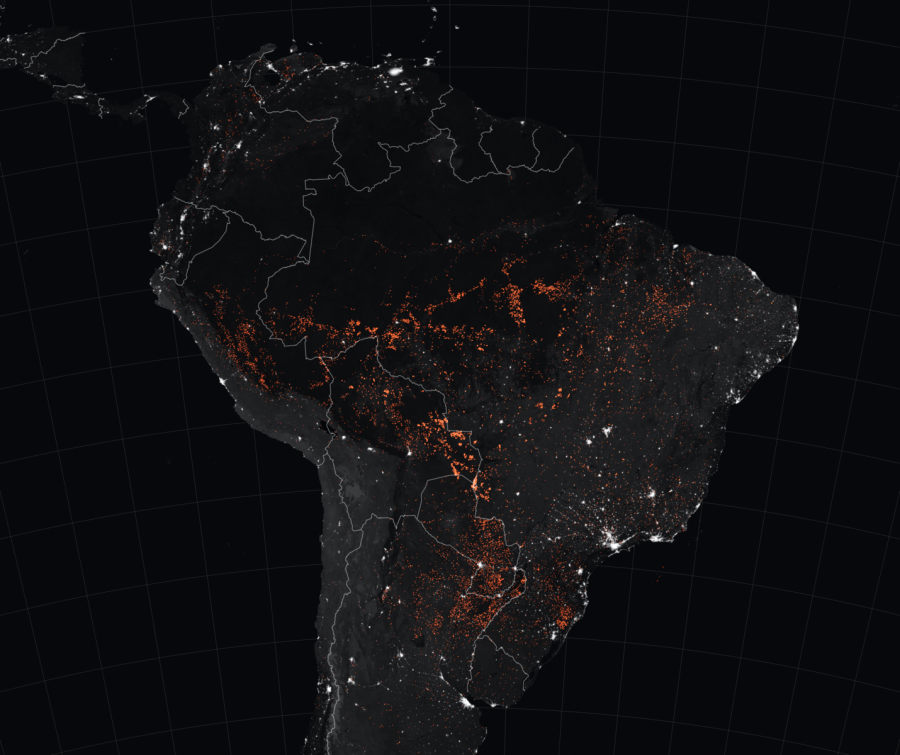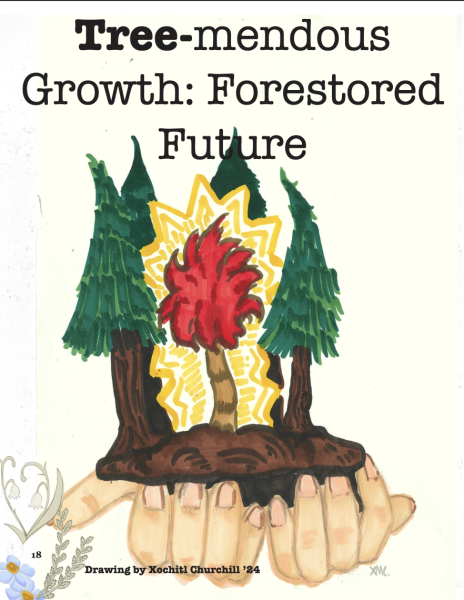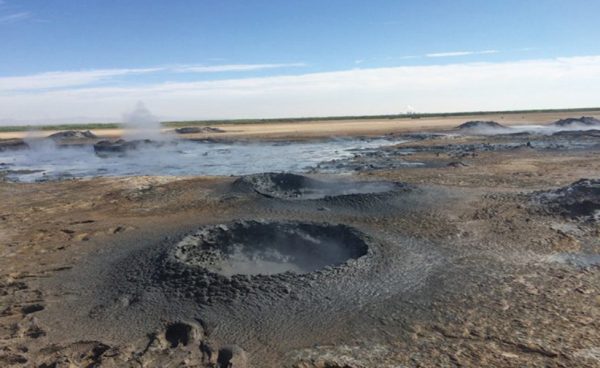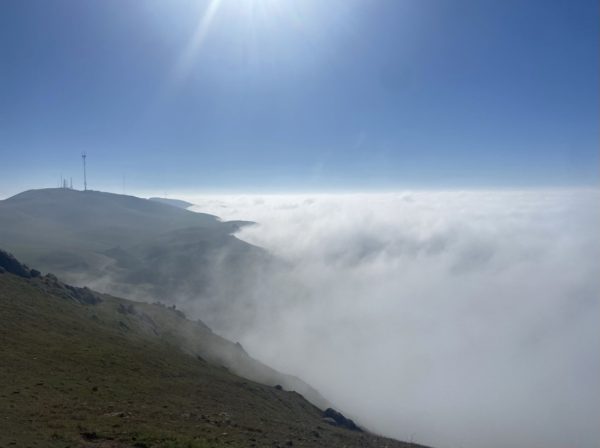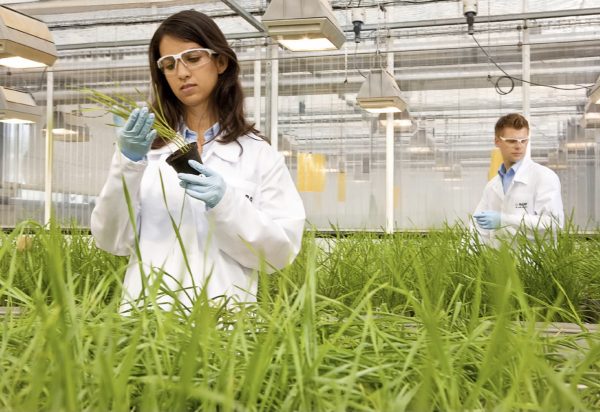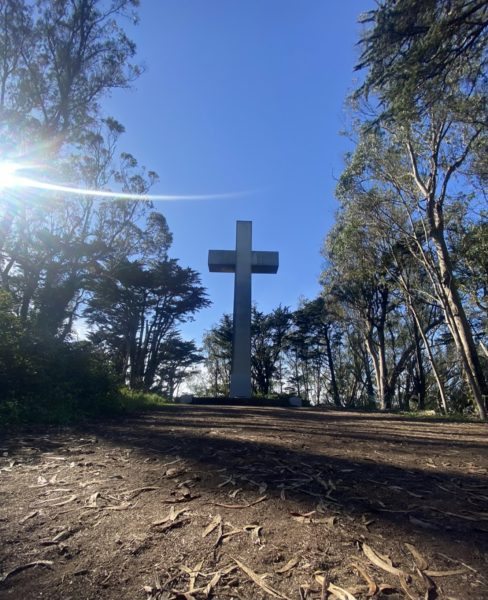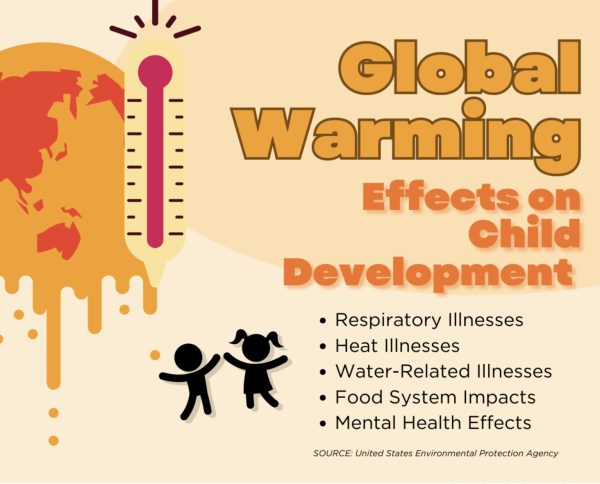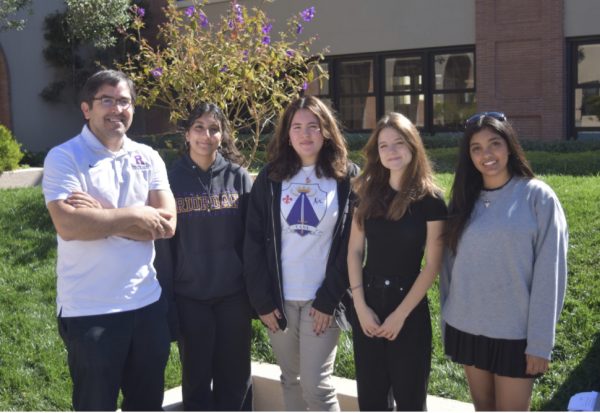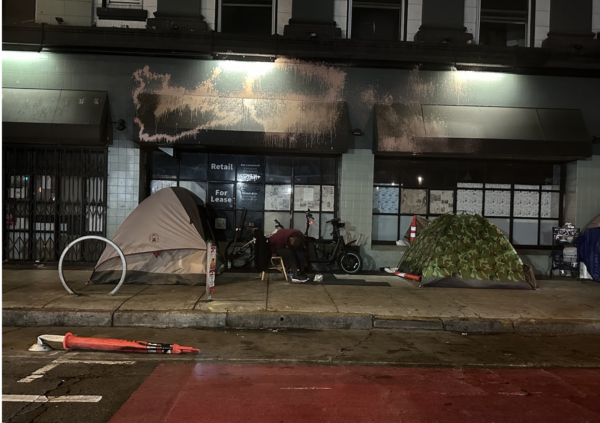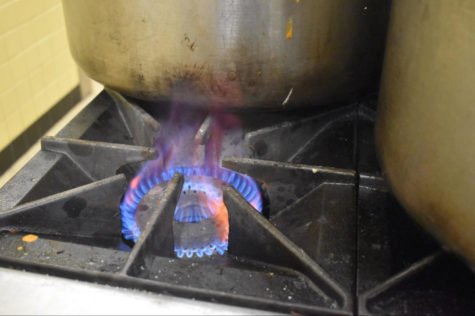‘Earth’s lungs’ struggle for breath as fire in Amazon rages on
The red areas active fires in the Amazon rainforest.
October 31, 2019
The Amazon Rainforest is one of the most significant areas on Earth, harboring nearly 3 million different plant and animal species, with 400 billion trees absorbing millions of tons of carbon dioxide annually, helping to alleviate the effects of climatechange and produce about six percent of the oxygen on Earth.
Along with being the “lungs of the Earth” and the most biodiverse area in the world, the Amazon Rainforest also cycles water from the soil to the air, contributing heavily to natural cycles and producing atmosphericriversthatsignificantlyimpacts global climate.
Despite its importance, this refuge for biodiversity has been under greater threat than ever before, with deforestation through wildfires surging to its highest, threatening the future of the Amazon.
Since the year started, 4.6 billion acres of rainforest have been consumed by an estimated 77,000 wildfires, according to theweek.com.Ofthefires,36,000 started in August alone. Today, the deforestation of the Amazon is occuring at an average rate of three football fields a minute: roughly 2,880 feet a second.
These fires are killing off wildlife as well as native populations. Smaller animals such as amphibians and reptiles will be unable to flee the fires. Other inhabitants may struggle to find a new habitat, with other areas of the Amazon being already dense with life.
Dr. Alexander Lees from
Manchester Metropolitan University, reported to the BBC: “‘It’s not like there’s necessarily lots of spare space,’ he said. ‘Most areas are already at carrying [full] capacity, so they’ll need to displace another individual of the same species from their own territory.’”
The loss of animal life deprives many of the indigeneous populations of the Amazons of their food and livelihood.The conflagrations continue to destroy their lands. This cruel reality, coupled with the global environmental importance of the Amazon, makes the fires a significant humanitarian issue.
Michael O’Brien, AP Environmental Science teacher, said, “What matters is what effect it has on human life.”
The blame for this destruction is aimed largely at the Brazilian government. President Jair Bolsonario, who started his term on the New Year, has been a proponent for opening the Amazon for development and economic resources to assuage the struggles of Brazil’s economy.
Long time harmful practices such as slash and burn agriculture has been allowed to continue under his administration to promote key industries such as soy and beef.
As the situation has grown out of control, Bolsonario has resisted accepting aid, viewing the outside interference from environmentalists and other nations as a threat to Brazil’s sovereignty.
According to the New York Times, at the G7 summit meeting, Bolsonario said that he would not accept the $22 million in aid unless French President Emmanuel Macron retracted statements claiming Brazil’s inability to handle the situation.
Eventually, Brazil accepted $12 million in aid from Britain and temporarily banned the setting of fires in the Amazon to clear land.
In many incidences, wildfires are a natural occurrence that benefit the environment. Nutrients left after a fire allow for there to be new vegetation and boosts the life in the region overall. Theoretically, it should not take long for the Amazon to rebound.
“Primary succession [new growth] immediately following the burn will occur within months,” O’Brien said. “Fires are actually a good thing.”
However, the issue of the Amazon is both the extent of the conflagrations and agricultural practices afterward. Crops like soy sap all of the nutrients out of the soil and make it infertile, which is why the Brazilians moved on and did the same to newly cleared lands in the Amazon.
Continued exploitation of the Amazon Rainforest is going to lead to its eventual demise and irreversible damage to the biosphere. Theweek.com reports that if another tenth of the Amazon is lost, it will convert into a savanna, permanently disrupting the systems vital in slowing climate change, regulating global weather patterns, and protecting its numerous unique species.
O’Brien said, “We’re in trouble if we don’t stop those fires.”


